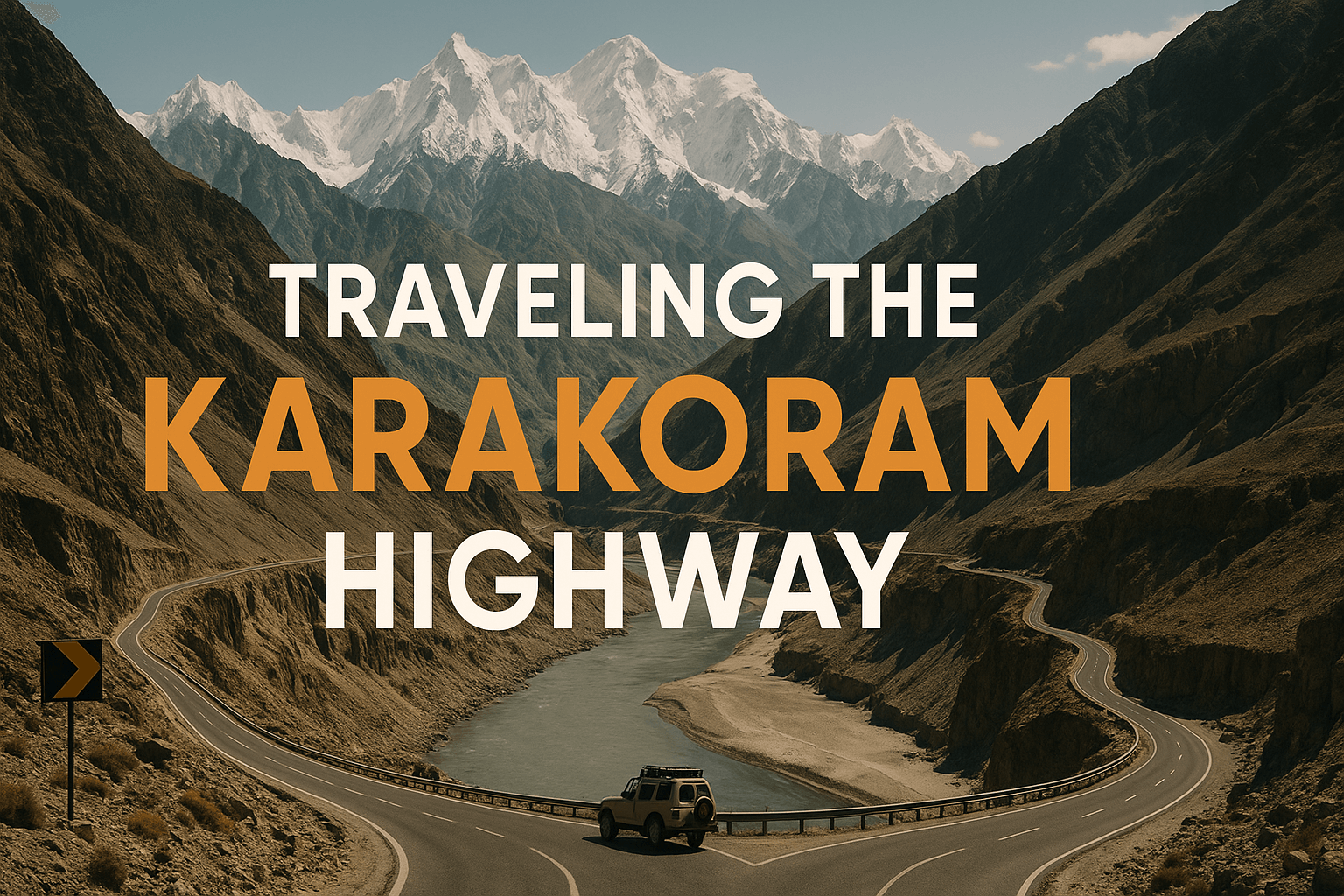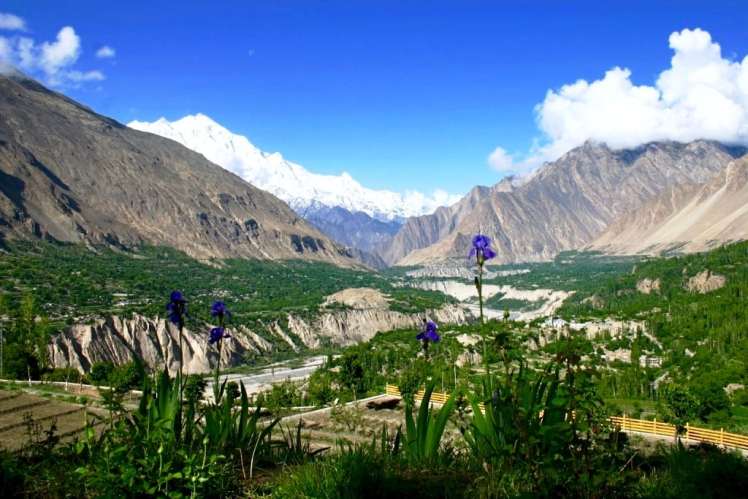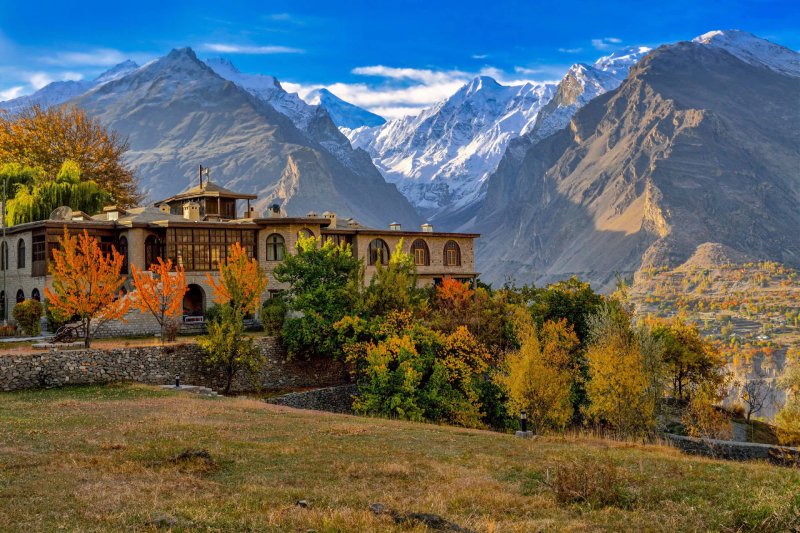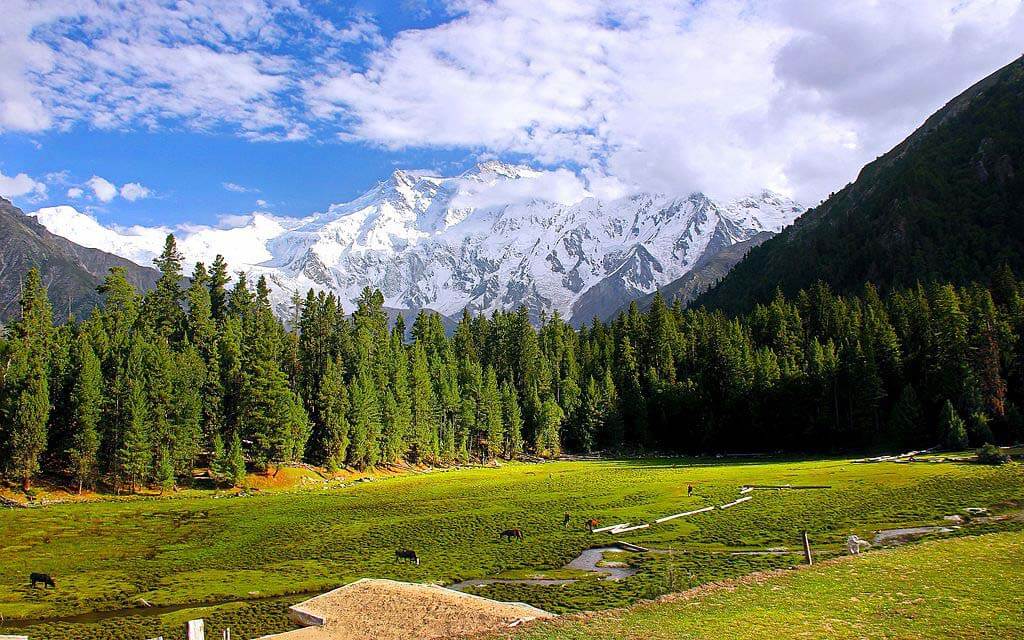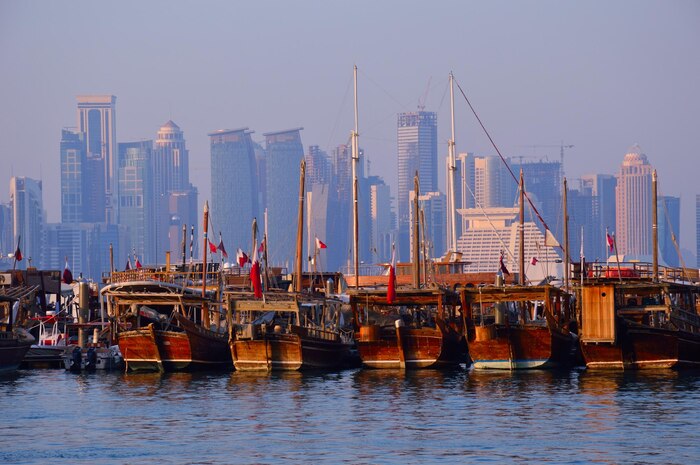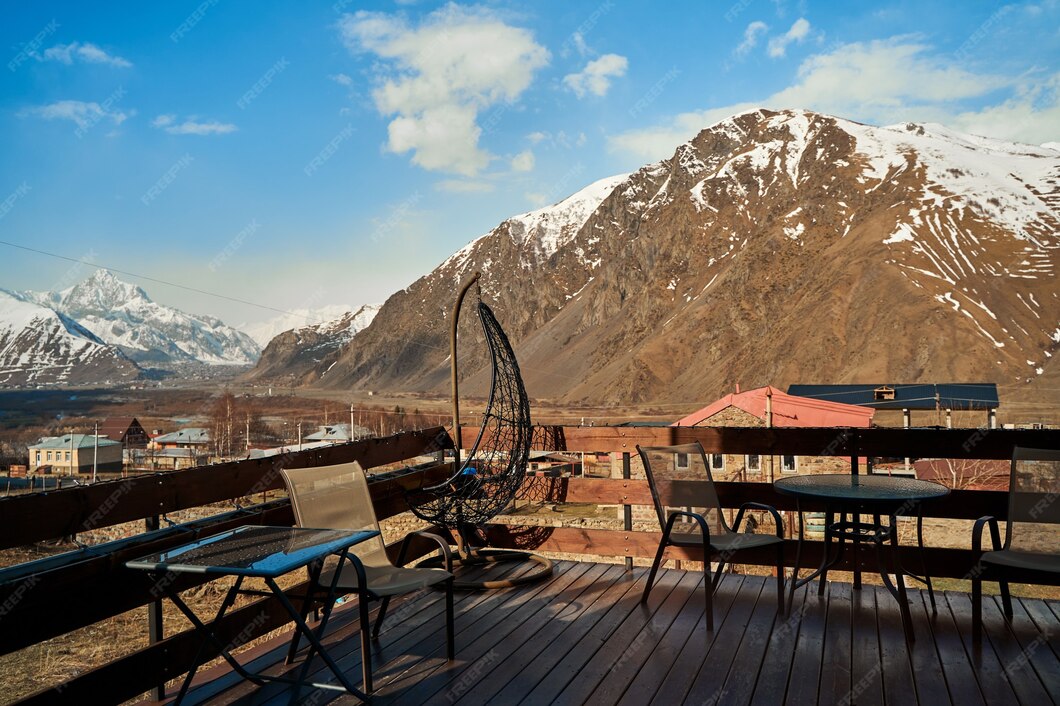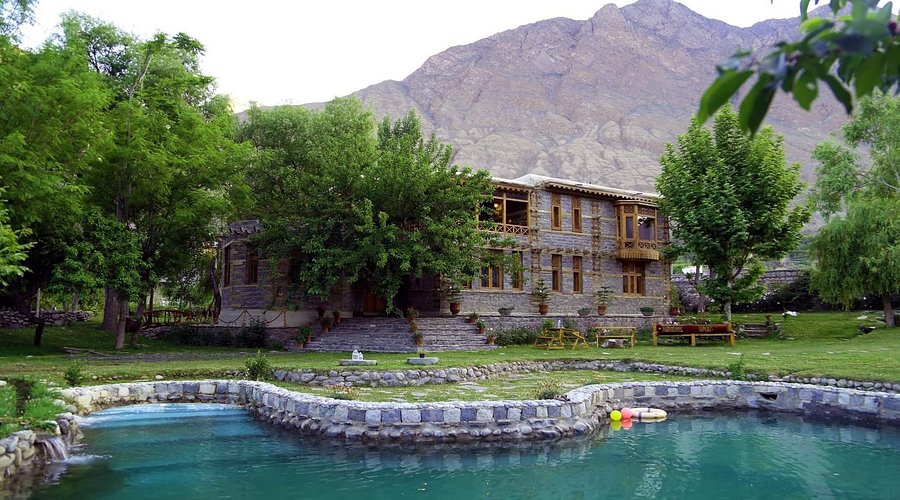
Best Things to Do in Hunza Valley
Why visit Hunza Valley?
Hunza Valley, often called the Valley of Dreams is one of Pakistan’s most photogenic mountain destinations. Expect dramatic granite peaks, terraced apricot orchards, ancient forts, crystal-blue lakes and warm mountain hospitality. For international visitors, Hunza offers a welcoming introduction to Gilgit-Baltistan’s landscapes, manageable treks, and a strong cultural identity that’s easy to experience even on short trips.
Top things to do in Hunza
If you only have a day or two: visit Baltit Fort, walk the Hussaini Suspension Bridge, enjoy a boat ride on Attabad Lake, and watch the sunset at Eagle’s Nest.
Tip: Scroll down for sample itineraries (2-day, 4-day, 7-day) and practical travel tips for international visitors.
How to get to Hunza
Most international visitors arrive in Pakistan via Islamabad. From Islamabad you have two main options:
- Road (Karakoram Highway) — a scenic but long drive (approx. 18–24 hours depending on stops and road conditions). Many travelers break the route into 2–3 days with stops in Naran or Besham.
- Fly to Gilgit — short mountain flight from Islamabad to Gilgit (40–60 minutes) followed by a 2–4 hour drive to Hunza. Flights are weather-dependent and can be delayed in winter.
Note for international visitors: check visa requirements for Pakistan in advance. Also confirm flight schedules and local transport before you finalize plans — mountain weather affects roads and flights.
Top things to do in Hunza Valley
1. Visit Baltit Fort (Karimabad)
Why go: Baltit Fort is Hunza’s iconic UNESCO-linked hillfort with centuries of history and panoramic views over Karimabad and the Hunza River. Explore the museum rooms, traditional architecture and terraced gardens — great for photos and cultural context.
Practical: Open daily; guided tours available. Easy walk up from Karimabad center; light steps involved.
2. Explore Altit Fort & Ganish Village
Altit Fort sits in a quiet part of the valley and feels more peaceful than Baltit. Nearby Ganish (one of the oldest permanent settlements in the region) has ancient stone houses and narrow lanes — perfect for slow wandering and local photography.
Practical: Combine Altit + Ganish in a half-day visit. Great for culture-rich photos and meeting local craft sellers.
3. Walk the Hussaini Suspension Bridge
This wildly photogenic (and slightly nerve-wracking) suspension bridge near Hussaini is one of Hunza’s most famous attractions. The wooden planks and ropes sway above the Hunza River and glacier-fed torrents — a memorable experience for adventurous travelers.
Practical: Wear sturdy shoes. Be mindful of limited support rails; not ideal for those with mobility issues. Visit early in the day for best light and fewer tourists.
4. Boat on Attabad Lake
Attabad Lake was formed by a massive landslide in 2010 and now offers striking turquoise water framed by steep cliffs. Boat rides are short but spectacular, a calm contrast to the rugged roads.
Practical: Bring sunglasses and sunscreen, the glare is strong. Boats are available near the lake’s edge; check local prices and safety equipment.
5. View the Passu Cones & visit Borith Lake
The jagged, tooth-like Passu Cones are one of Hunza’s most-photographed natural features. Nearby Borith Lake is a quiet spot and a well-known birding area lovely for golden-hour photography.
Practical: Best visited during clear weather for unobstructed views. Consider a sunrise or late-afternoon visit for dramatic light.
6. Short treks: Ultar, Rakaposhi & local trails
Hunza has hikes for all abilities: from gentle village walks to strenuous climbs like Ultar Base Camp or Rakaposhi approaches. If you’re new to mountain trekking, try community guided short treks to learn local routes and safety.
Practical: Hire a local guide for longer hikes and check weather. Pack layers, a good pair of boots, and basic first-aid supplies.
7. Day trip to Khunjerab Pass (seasonal)
If open, Khunjerab Pass (the Pakistan-China border) is a dramatic high-altitude day trip and one of the highest paved international border crossings. The landscapes are stark and magnificent.
Practical: Check pass opening dates (typically late spring to autumn). Pack warm clothes and snacks for long roadside stops.
8. Drive along the Karakoram Highway & stop for viewpoints
The Karakoram Highway itself is part of the attraction: high mountain passes, steep valleys and endless photographic pullouts. Plan stops for sunrise and sunset viewpoints.
Practical: Road conditions vary; hire experienced drivers familiar with mountain driving when possible.
9. Visit Hopar (Hoper) Valley & Hopper Glacier
Less visited than the central Hunza sights, Hopar Valley has dramatic glaciers and vibrant local culture. Hopper Glacier’s ridges and blue ice faces are impressive and accessible on guided trips.
Practical: Combine with a day trip from Karimabad or an overnight stay in Gulmit/Hoper area.
10. Taste local Hunza cuisine & visit orchards
Hunza cuisine is simple, fresh and heavily influenced by local produce — think apricots, walnuts, and barley breads. Visit local bazaars and apricot orchards for authentic flavors and to meet locals.
Practical: Try local walnut-stuffed breads and apricot jam; carry cash for small market purchases.
Hidden gems & extras
If you have extra days, consider Shimshal Valley, Chapursan Valley, or local festivals (depending on the season). These remote routes reward patient travelers with untouched scenery and cultural immersion.
Suggested itineraries
2-day sample (packed & popular)
- Day 1: Arrive Hunza → Baltit Fort → Karimabad bazaar → Sunset at Eagle’s Nest.
- Day 2: Drive to Attabad Lake → Hussaini Bridge → Passu Cones viewpoint → Return.
4-day sample (relaxed)
- Day 1: Arrive → Settle into Karimabad (rest & local walk)
- Day 2: Baltit & Altit Forts → Local museums & orchards
- Day 3: Attabad Lake & Passu/Borith Lake visit
- Day 4: Short trek or Hopar Valley day trip → Depart
7-day sample (in-depth)
- Mix of above + extra day for Khunjerab Pass (if open) or Shimshal excursion.
Where to stay - neighborhoods & recommendations
Karimabad is the most convenient base — close to Baltit Fort, markets and restaurants. For quieter stays consider Gulmit or Passu in Upper Hunza.
For an international traveler seeking comfort and strong local hospitality, consider a trusted local hotel with modern amenities and easy access to viewpoints. If you want a recommendation, the Fortune One Hotel in Hunza is a popular choice among visitors for its comfortable rooms, mountain views and hospitality — a practical base for day trips and photography outings.
When choosing a room: prefer a view-facing room for sunrise photography and confirm heating in shoulder seasons (spring & autumn).
Read more: why Fortune One Hotel stands out among the best hotels in Hunza Pakistan.
Getting around & practical tips
- Local transport: Shared jeeps, private jeep hires and local taxis are common. For comfort and safety, book experienced drivers familiar with mountain roads.
- Money: Cash (PKR) is essential in bazaars; ATMs exist in larger towns but carry backup cash when traveling remote routes.
- Connectivity: Mobile data varies. Expect good coverage in Karimabad and Gulmit, weaker signals farther out.
- Health & altitude: Hunza sits at moderate altitude. Stay hydrated, go slow on first day, and consider light acclimatization for higher passes such as Khunjerab.
- Packing: Layered clothing, sun protection, sturdy walking shoes, and a basic first-aid kit. Waterproof jacket for unexpected showers.
Best time to visit Hunza Valley
Spring (April–May): Apricot blossoms and mild weather, a favorite for photography lovers.
Summer (June–August): Warmest months, best for road access and long daylight hours.
Autumn (September–October): Clear skies and dramatic fall colors, another top season.
Winter (November–March): Cold, limited access in some areas, appealing for adventurous travelers prepared for winter conditions.
Responsible travel & cultural tips
Be respectful of local customs: dress modestly when visiting villages, ask permission before photographing people, and avoid leaving any waste behind. Supporting community-led tours and local guesthouses helps preserve Hunza’s culture and environment.
Useful external resources
- More: Complete travel guide to Hunza Valley : extra local tips and extended lists of attractions.
- Why Fortune One Hotel stands out: compare hotel features and guest amenities in Hunza.
- Fortune One Hotel: official site — book rooms, check availability, and confirm on-site services.
Ready to plan your Hunza trip?
Save this guide, pick an itinerary and consider staying at a comfortable local hotel to rest between your adventures. If you want a practical local base with comfortable rooms and mountain views, Fortune One Hotel is a reliable option for international travelers.

